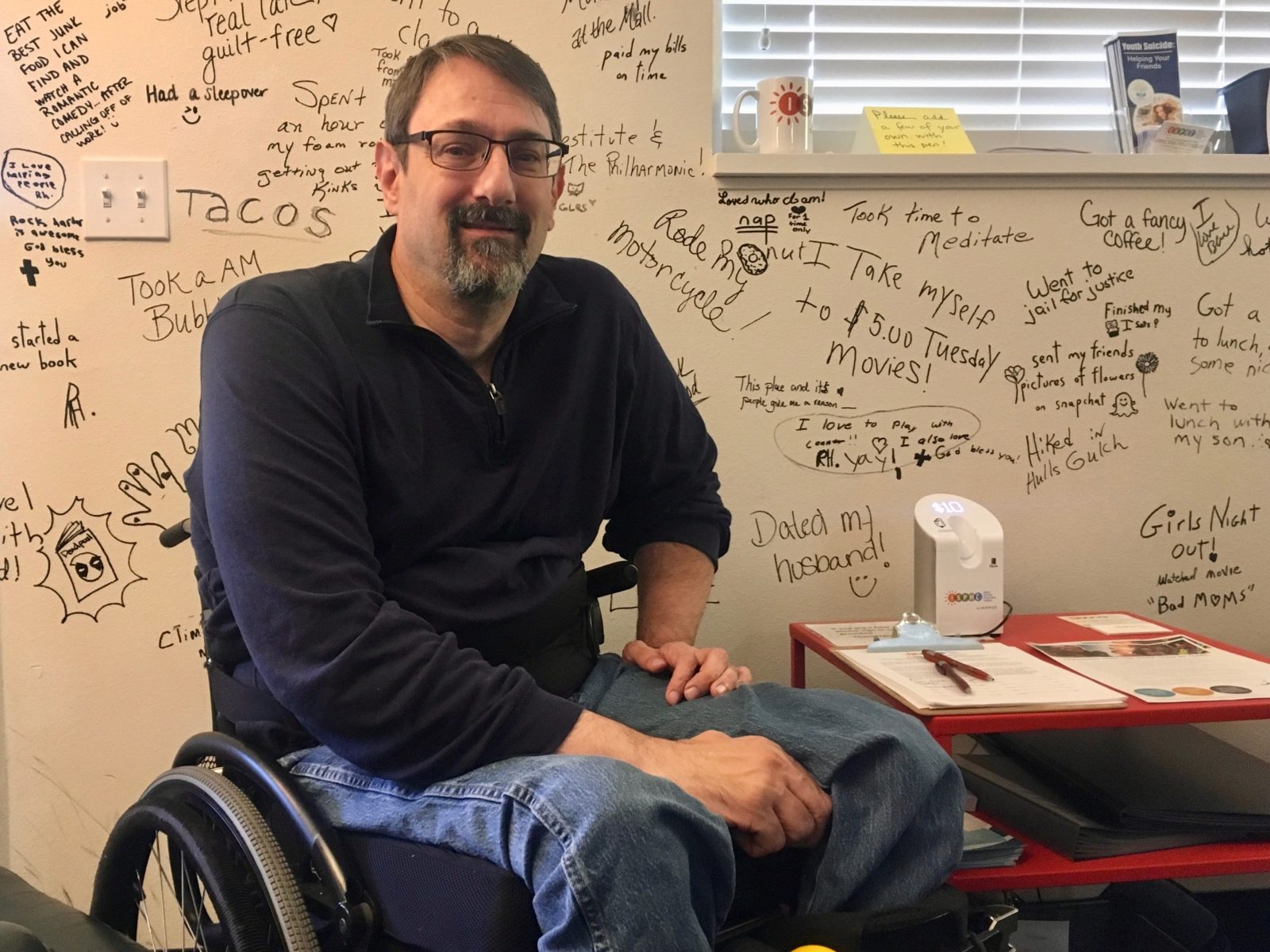For more than 20 years, studying guns and health has been a challenge for the Centers For Disease Control and Prevention. Entangled in the messy world of gun politics, researchers have struggled to study violent deaths. But a nationwide program that recently expanded to all 50 states is changing that.
This year, Idaho, Texas and eight other states are getting an infusion of federal funds to study violent deaths, including gun suicides. It’s part of the Centers For Disease Control and Prevention’s National Violent Death Reporting System, which aims to find the underlying causes of violent deaths, rough 30% of which are gun suicides. The new states mean the CDC is studying violent deaths in all 50 states plus Washington, D.C., and Puerto Rico.
Idaho has one of the highest suicide rates in the country — almost 23 suicides for every 100,000 people — and the majority of those involve a firearm. George Austin, the clinical lead supervisor of The Idaho Suicide Prevention Hotline, says like many states, Idaho lacks resources for suicide prevention.
“Suicide still has a stigma attached to it and that makes it harder for people to openly discuss,” he said. “And often [they] instinctually look away.”
Violent deaths are categorized as homicides, suicides, police shootings, unintentional firearm deaths and deaths of “undetermined intent.”
The Violent Death Reporting System violent death reporting system uses death certificates, law enforcement reports and coroner and medical examiner reports to provide a more complete picture of violent deaths in the United States.
The Dickey Amendment
A large percentage of those deaths involve guns and that’s something the CDC hasn’t been able to study much in the past two decades. That’s because of something known as The Dickey Amendment, which passed in 1996. It stipulates that no CDC funds can be used to advocate for gun control, though it’s vague about what that actually means.
It’s not actually a ban on studying guns as a health issue but nonetheless it’s stopped just about all federally funded firearm research.
But Dr. Janet Blair, who oversees the Violent Death Reporting System, said the program is simply gathering information to help reduce deaths.
“What I can tell you is that although CDC doesn’t receive direct funding for firearm related research we continue to support data collection activities and continue to document the public health burden of firearm injuries in the U.S.,” she said.
The Reality In The Rockies
Whatever the politics, states like Idaho — which has the fifth highest suicide rate in the nation — welcome the help. Suicides have been rising across the country, particularly in The Mountain West and Alaska, and tends to be higher in states with higher rates of gun ownership.
And there are still far too many unknowns, according to Chris Wilson, who was hired to manage Idaho’s portion of the National Violent Death Reporting System. He started in March with a pilot program in two counties, which will go statewide next year.
“When you talk about suicide data we can tell you the who, the what, the when, the where but until the establishment of this program we couldn’t tell you the why,” he said.
The hope is that “the why” will be in the data, which includes details on the circumstances of someone’s death and what in a victim’s life may have led up to them.
Wilson says the goal of the program in Idaho — and more broadly, across the country — is to use the data to find the root causes of violent deaths and ultimately reduce them through preventative efforts.
“Establishing a why will help people identify who to target prior to them taking their own life,” he said. “An example was — Oregon found out a lot of people committing suicide in their state were recently evicted. They were then able to take steps to address those concerns through legislative routes.”
Austin, the Idaho suicide hotline supervisor, says ignoring the problem just isn’t an option.
“Since the early 90s, the rate of suicide in the United States has just jumped incredibly, so right now you’re more likely in Idaho to know someone who’s died of suicide than who’s died in a traffic accident,” he said.
Resources if you or someone you know is considering suicide:
National Suicide Prevention Lifeline: 1-800-273-8255 or https://suicidepreventionlifeline.org/
Options For Deaf + Hard of Hearing: 1-800-799-4889
en español: 1-888-628-9454
Veterans Crisis Line & Military Crisis Line: 1-800-273-8255, Press 1
Crisis Text Line: 741-741
In emergency situations, call 911
Guns & America is a public media reporting project on the role of guns in American life.









